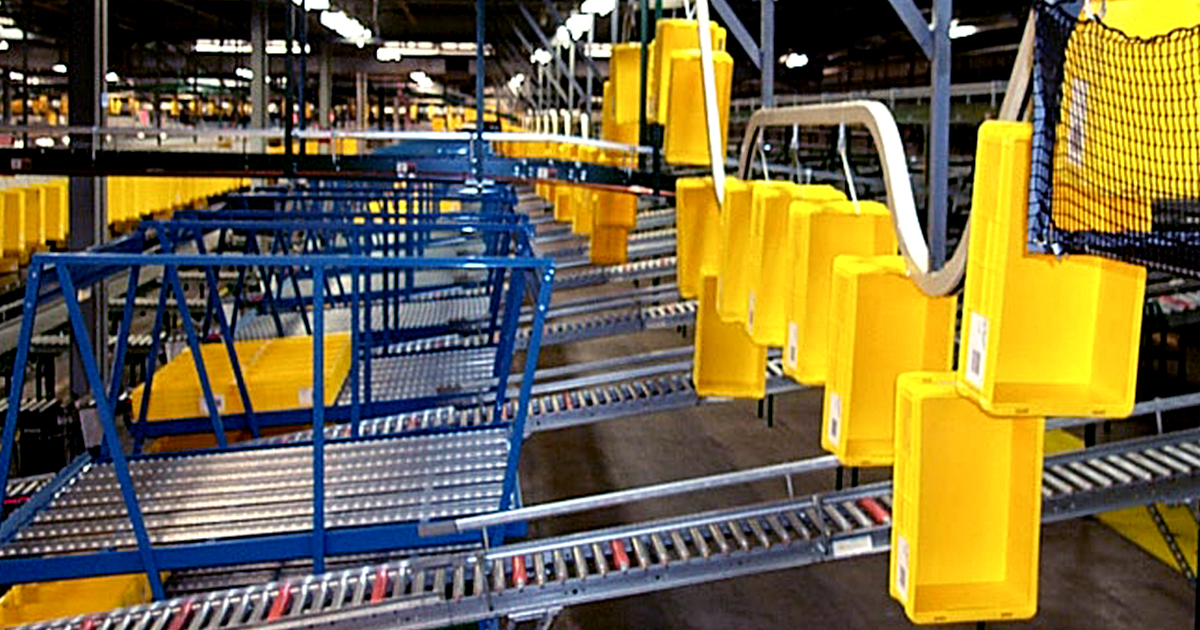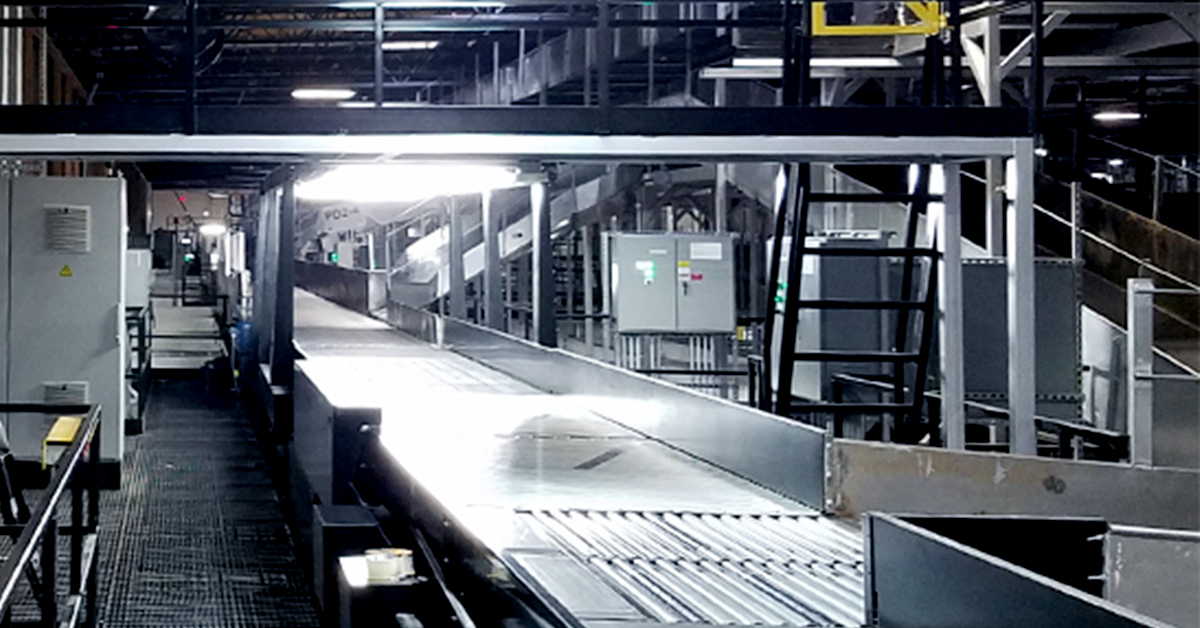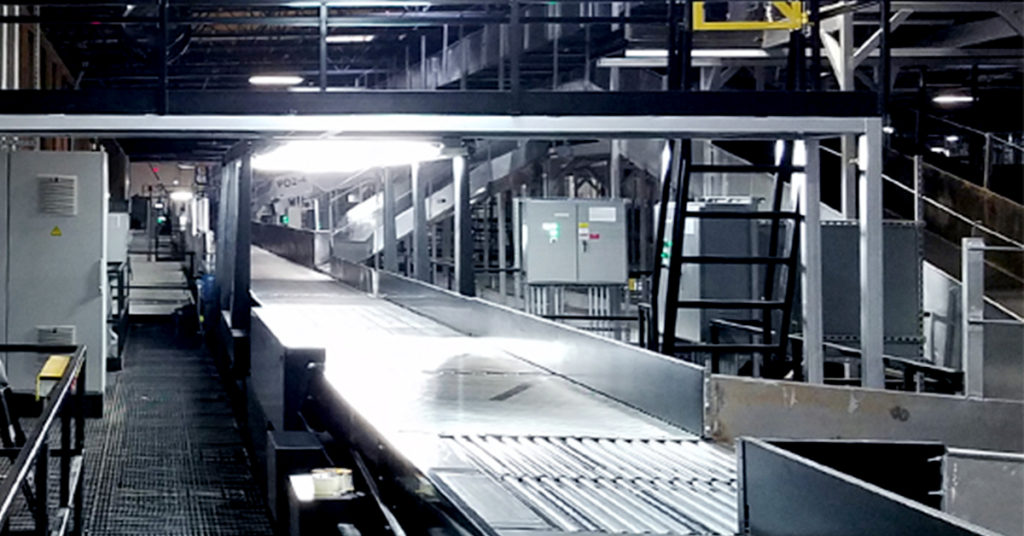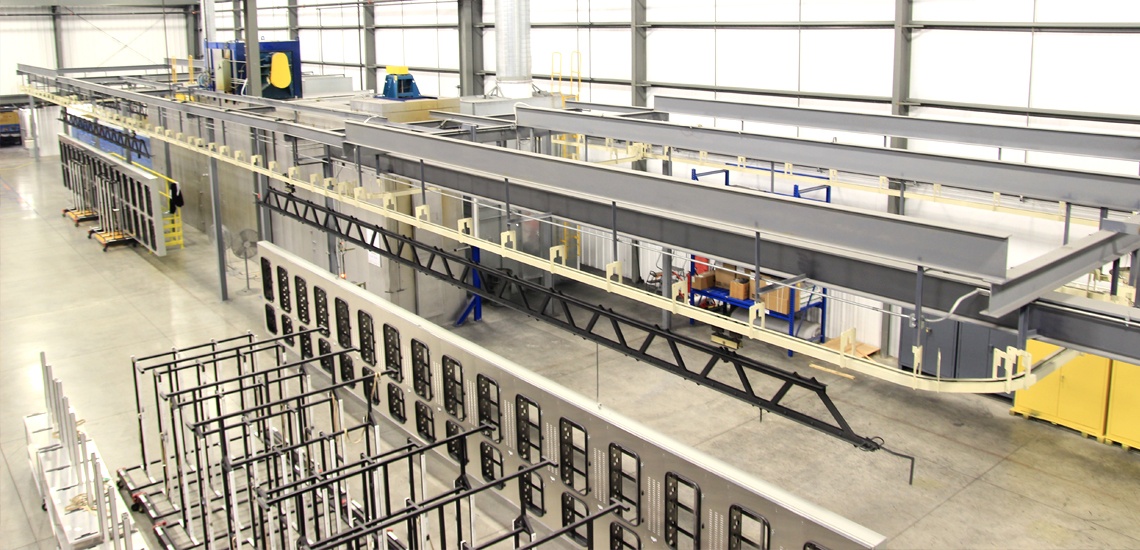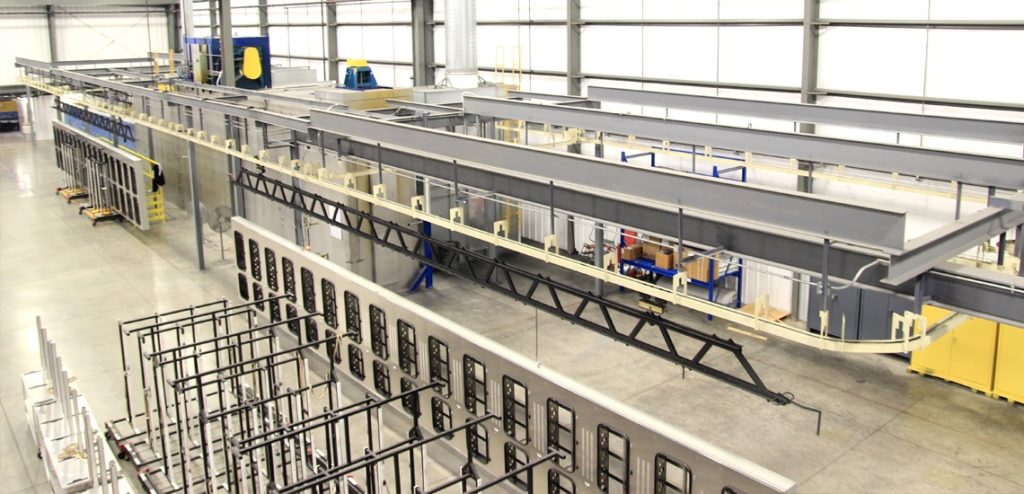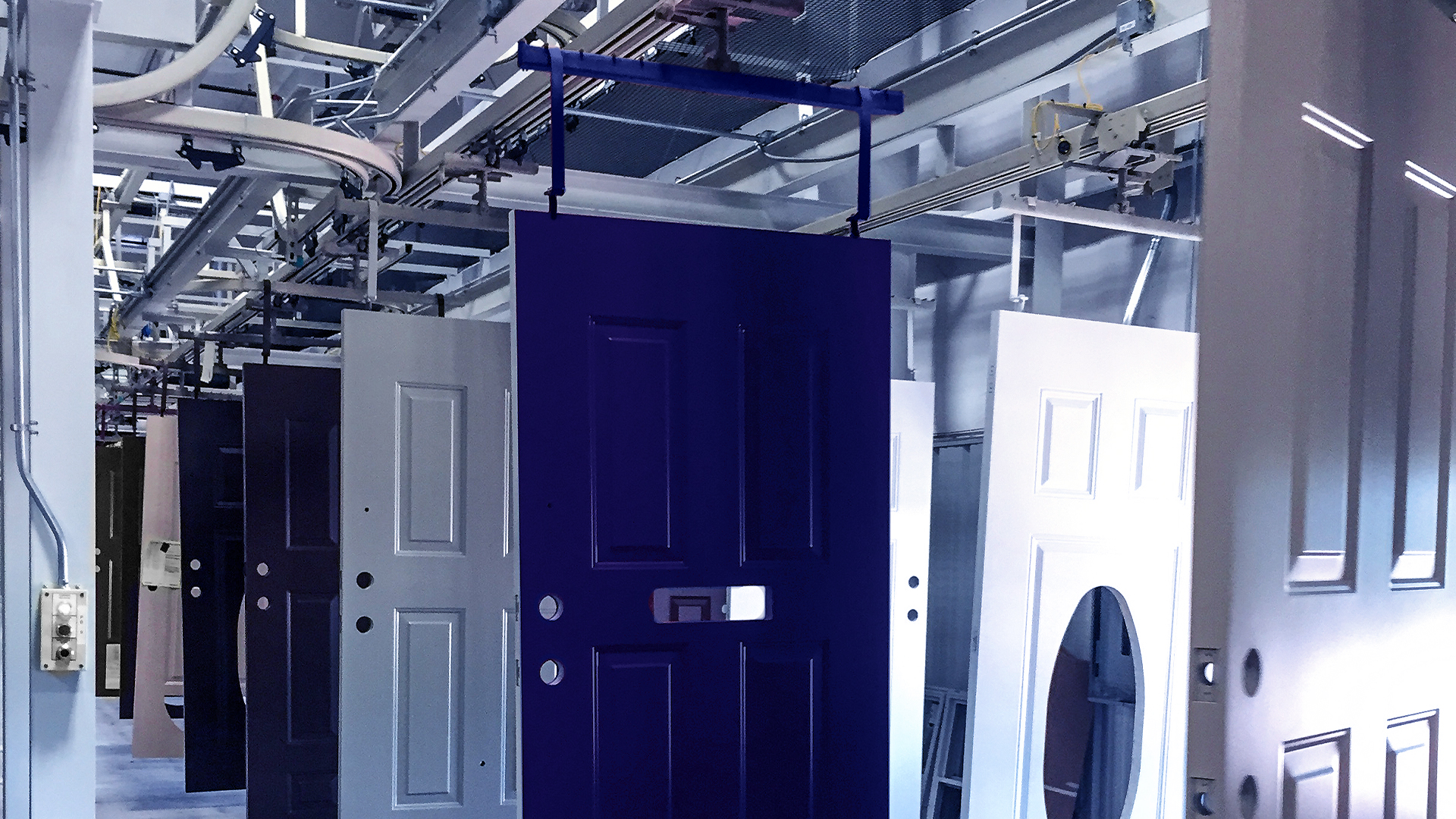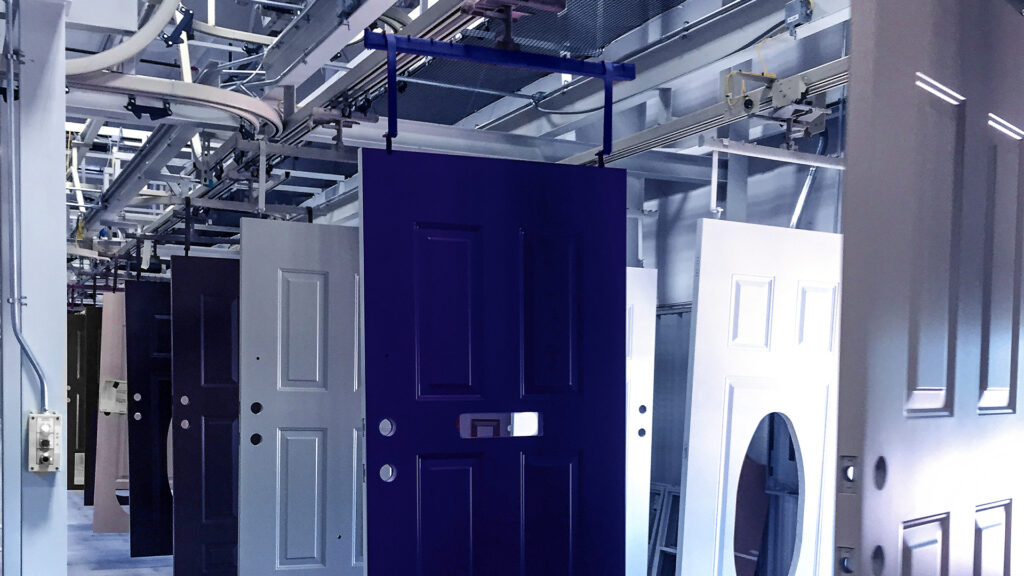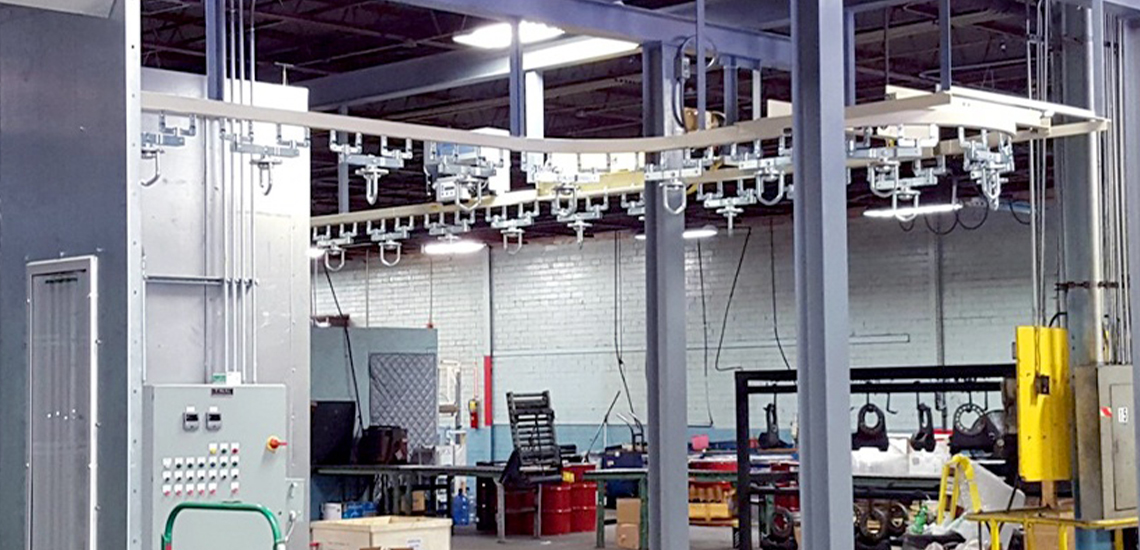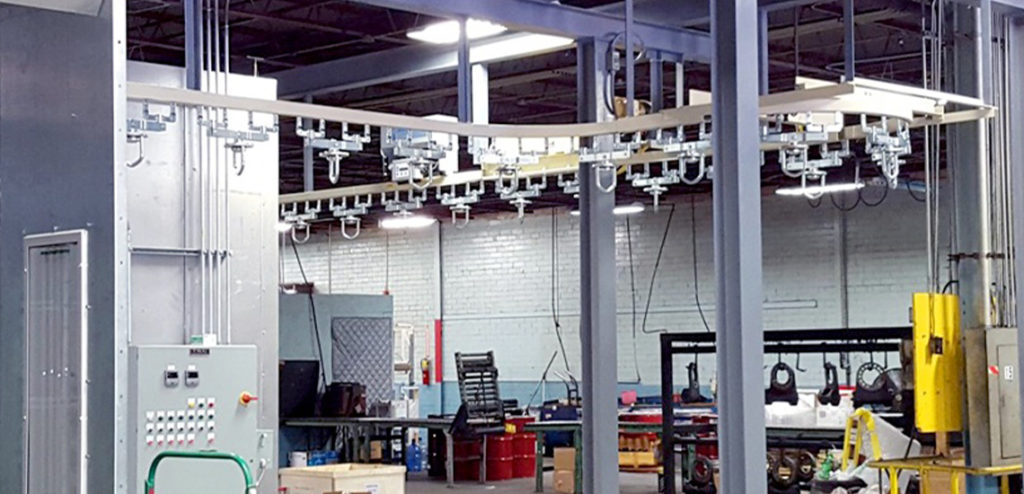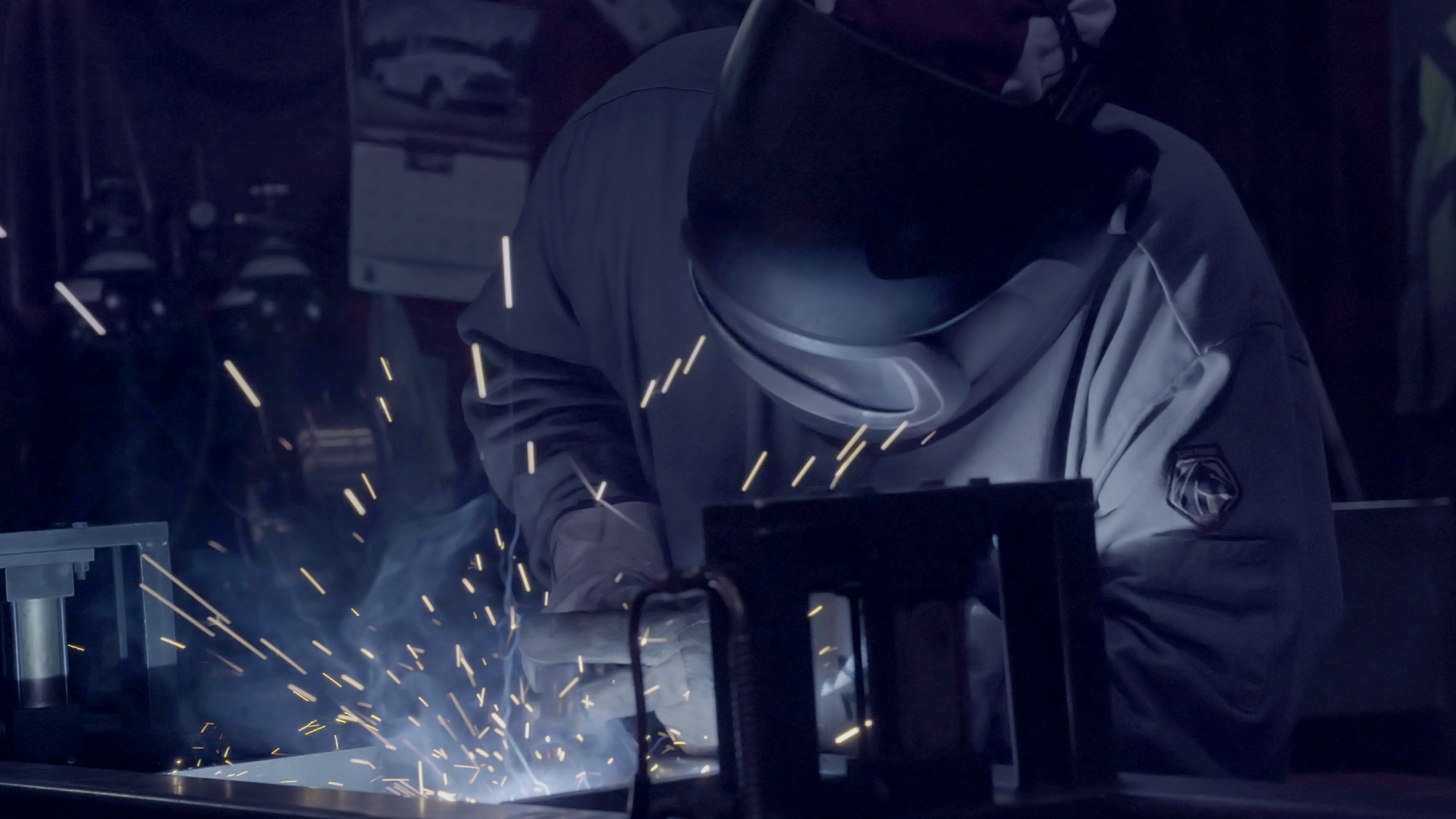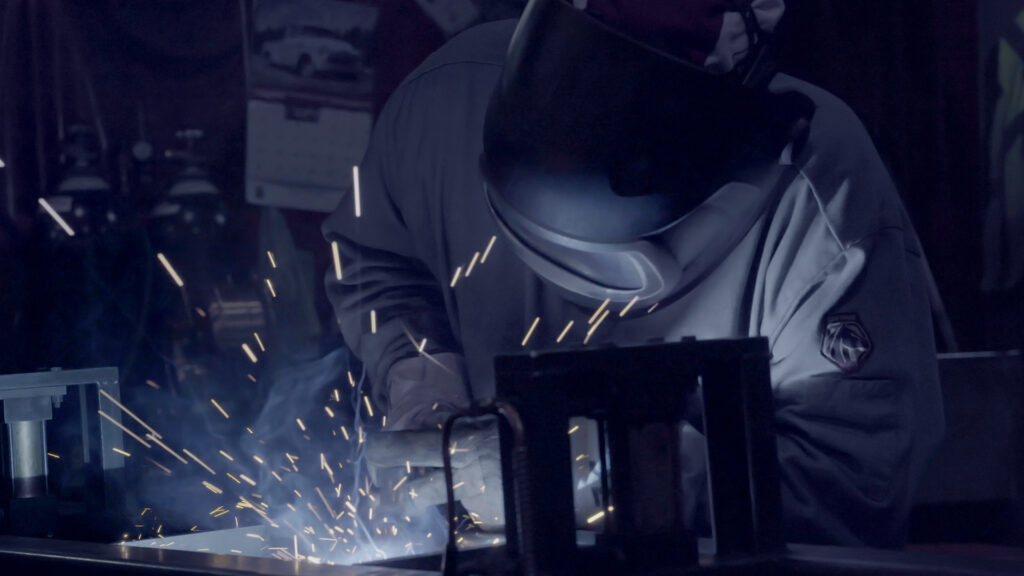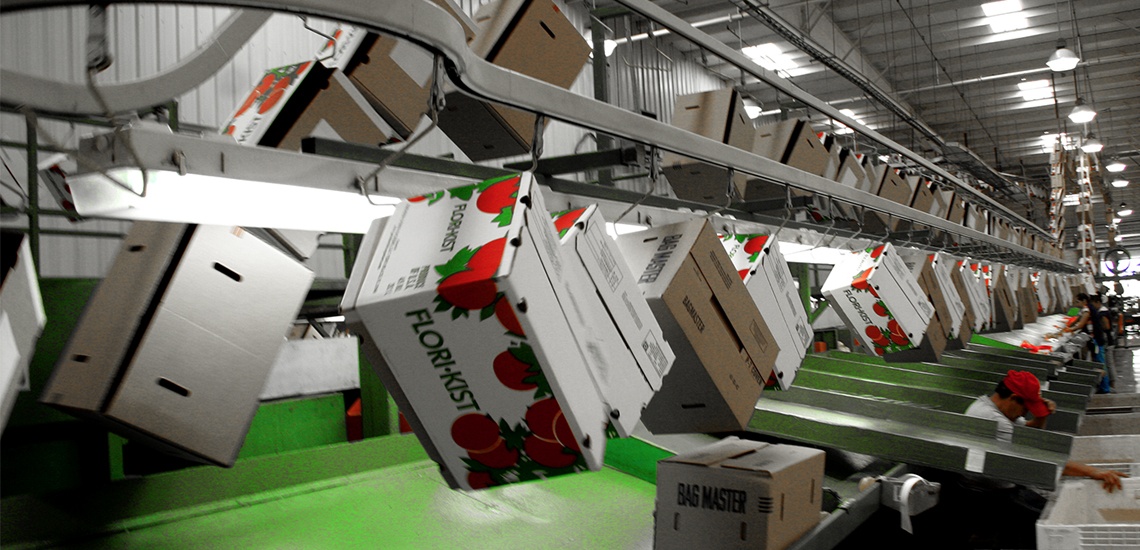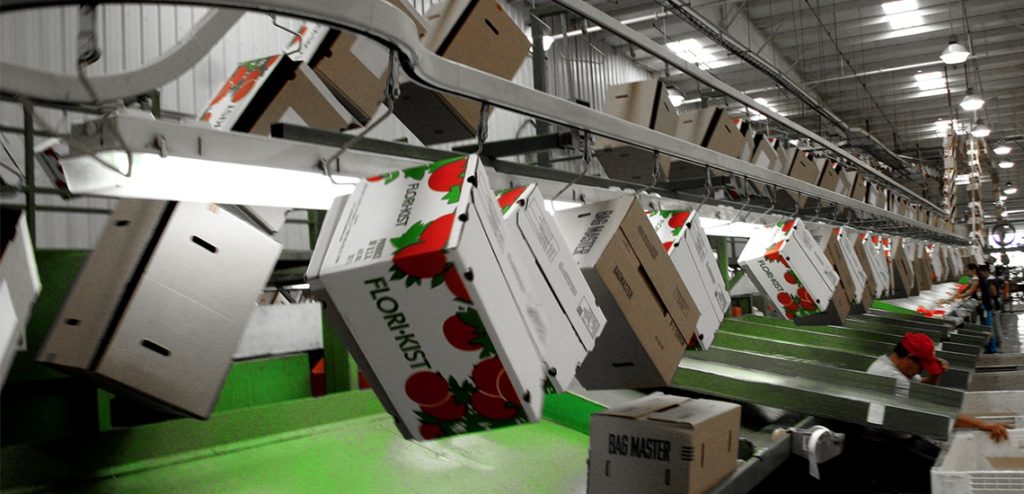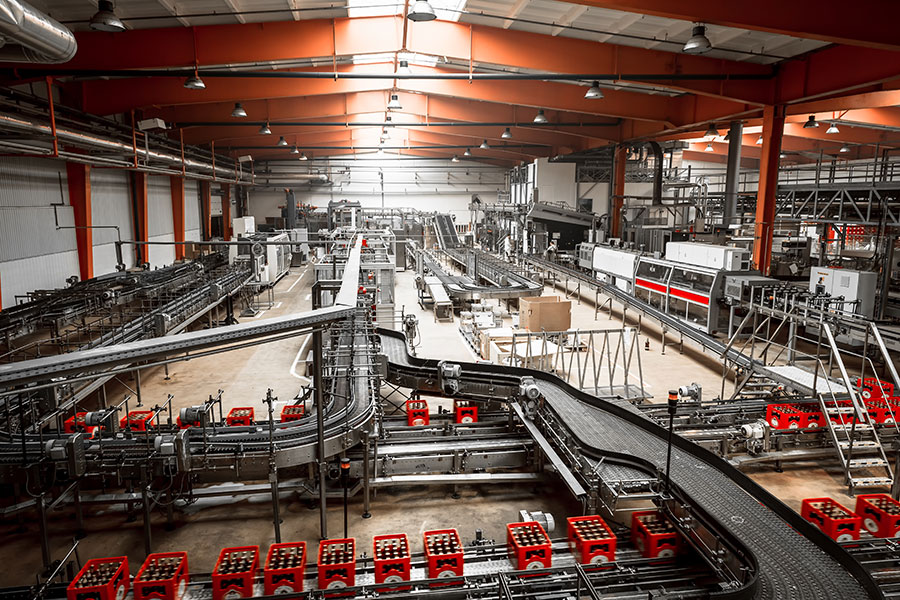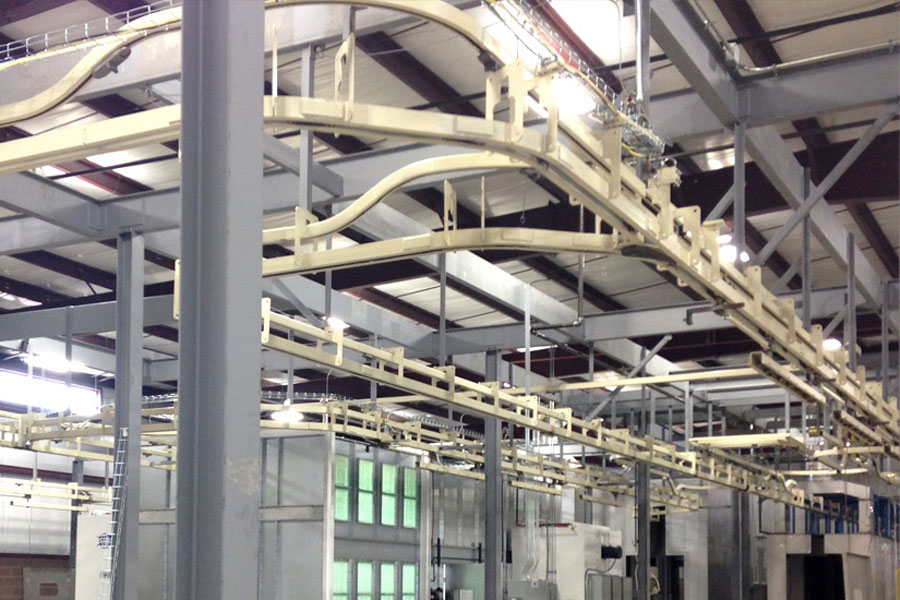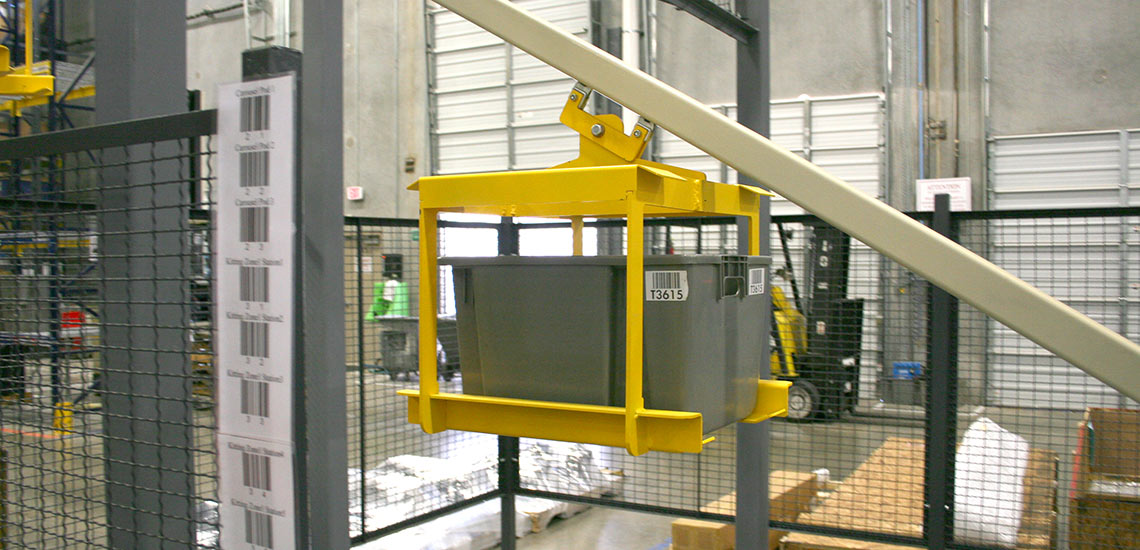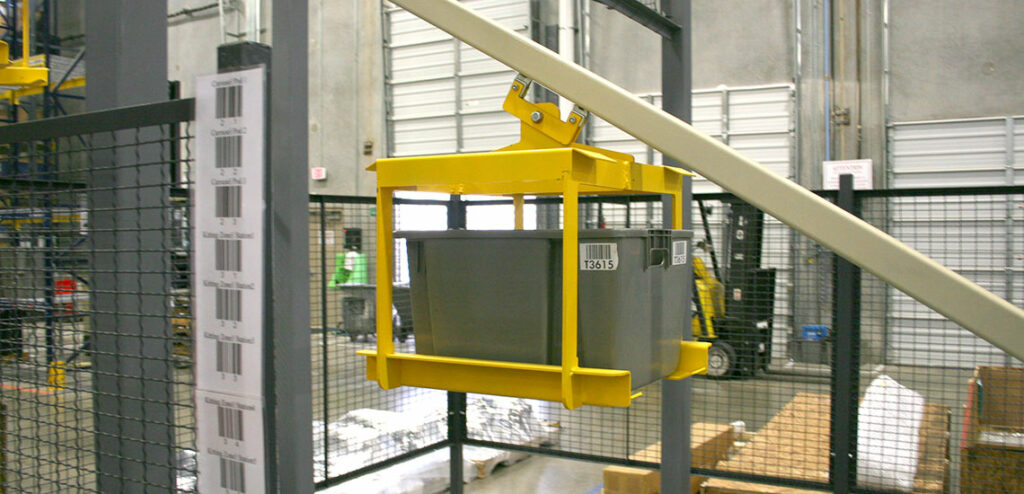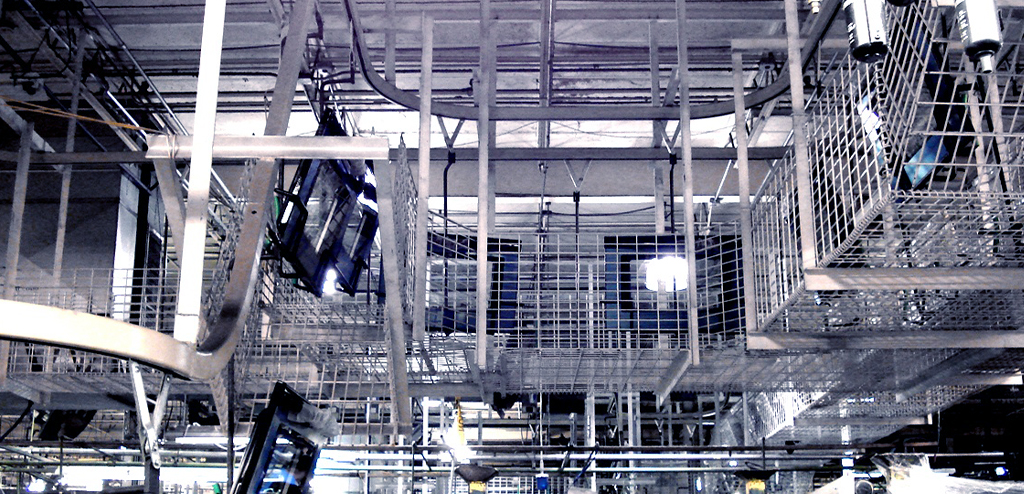If you’re looking to improve the productivity of your conveyor system, there are a few key things you can do to make a big difference. These tips will help you get the most out of your conveyor from integrating robotics to increasing speed and adding accumulation.
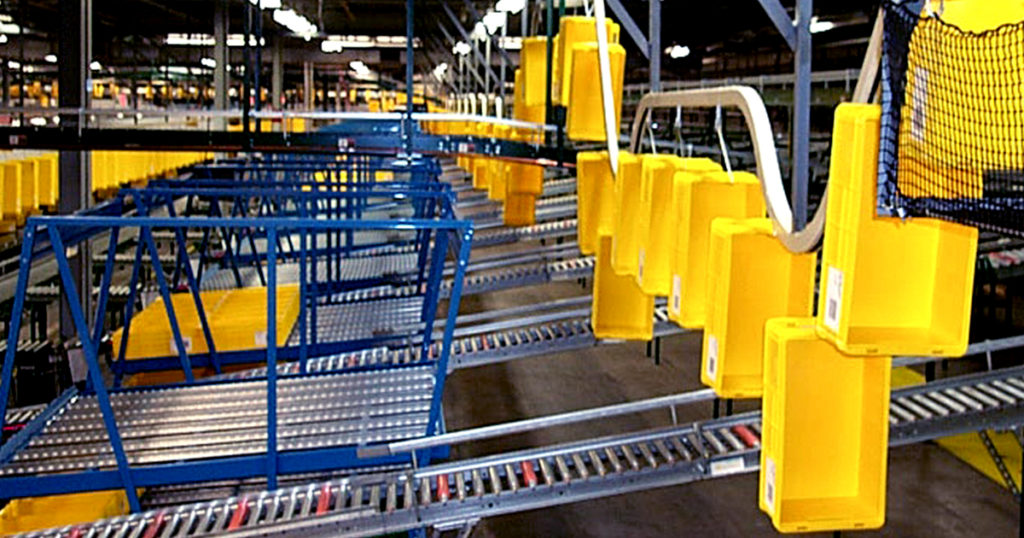
1. Robotics Integration
One of the best ways to improve conveyor productivity is to integrate robotics into the system. Robotics can automate many of the tasks associated with running a conveyor, from sorting and loading to unloading and packing. This can free up your employees to focus on other tasks, and it can also help to improve accuracy and efficiency.
What is more, integrating robotics into your conveyor system can help to improve safety as well. By removing the need for employees to be in close proximity to moving parts, you can reduce the risk of accidents and injuries.
Robotics integration may sound like it takes away jobs, but oftentimes, adding the assistance of robotics can help to create new positions that wouldn’t have existed before. For example, positions may be created to manage and oversee the robotic system itself.
2. Consider Increasing Speed
Increasing the speed of your conveyor can also help to improve productivity. Obviously, the faster your conveyor moves, the more product it can handle in a given period of time.
Of course, you don’t want to sacrifice safety in the name of speed, so it’s important to make sure that your conveyor is able to operate at the increased speed without putting employees at risk.
3. Add Accumulation
If your conveyor system doesn’t already have accumulation, adding it can be a great way to improve productivity. Accumulation allows your conveyor to stop and start as needed, without losing product.
This can be a huge help when you need to make sure that each product is properly sorted or positioned before it continues down the line. It can also help to reduce the risk of product damage, as the product is less likely to be jostled when it’s not moving.
4. Try an RFID Reader System
Adding an RFID reader system to your conveyor can also help to improve productivity. RFID stands for “radio frequency identification,” and it can be used to track products as they move through the conveyor system.
This information can be used to improve the efficiency of your system by ensuring that products are properly sorted and routed. It can also help to reduce the need for manual product tracking, which can free up your employees for other tasks.
5. Diverting & Merging
If your conveyor system handles a lot of products, you may want to consider adding diverters and mergers. Diverters allow you to send products down different paths, which can be helpful when you need to sort products or send them to different areas. Mergers, on the other hand, allow you to bring two or more conveyors together, which can help to increase the capacity of your system.
Both of these additions can help to improve the productivity of your conveyor system by increasing the amount of product it can handle.
6. Training and Maintenance
Another important factor to consider when trying to improve conveyor productivity is training and maintenance. Your employees need to be properly trained in how to use your conveyor system, and they also need to be aware of its capabilities and limitations.
Conveyor systems require regular maintenance to keep them running smoothly. This may include tasks such as lubricating moving parts, checking for damage, and troubleshooting any issues that arise.
By properly training your employees and keeping your conveyor system well-maintained, you can help to improve its overall productivity.
7. Consider What Works for You
When it comes to conveyor productivity, there is no one-size-fits-all solution. The best way to improve productivity is to consider what will work best for your specific operation.
For example, if you have a large operation with a lot of products to move, you may want to consider adding an accumulation zone to your conveyor. This will allow your conveyor to store products until there is enough space to move them, which can help to improve the flow of your operation.
If you have a smaller operation, you may want to focus on increasing the speed of your conveyor. This can help to move products through your operation more quickly, and it can also help to improve accuracy.
Conclusion
There are a number of other ways to improve conveyor productivity, but these are some of the most effective. By increasing speed, adding accumulation, or integrating robotics, you can make a big difference in the efficiency of your system.
